Make- up air for dummies. I need it!
loveswindowsanddogs_gw gw
9 years ago
Featured Answer
Sort by:Oldest
Comments (11)
Deck The Halls
9 years agoIowacommute
9 years agoRelated Professionals
Lenexa Kitchen & Bathroom Designers · Midvale Kitchen & Bathroom Designers · Philadelphia Kitchen & Bathroom Designers · Saratoga Springs Kitchen & Bathroom Designers · Soledad Kitchen & Bathroom Designers · South Barrington Kitchen & Bathroom Designers · Fort Myers Kitchen & Bathroom Remodelers · Panama City Kitchen & Bathroom Remodelers · Skokie Kitchen & Bathroom Remodelers · Foster City Cabinets & Cabinetry · Lockport Cabinets & Cabinetry · Marco Island Cabinets & Cabinetry · Norfolk Cabinets & Cabinetry · North New Hyde Park Cabinets & Cabinetry · Pacific Grove Design-Build Firmsjulie1973
9 years agoannaship1
9 years agoloveswindowsanddogs_gw gw
9 years agoBruce in Northern Virginia
9 years agoamberm145_gw
9 years agoGreenDesigns
9 years agodiytam
8 years agoUser
8 years ago
Related Stories

MODERN HOMESHouzz Tour: Warm Modernism Way Up in the Air
A Vancouver high-rise condo’s spectacular views are accentuated by organic and shimmering textures in the decor
Full Story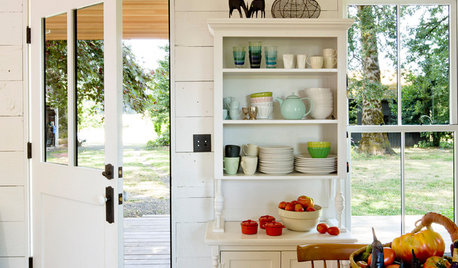
REMODELING GUIDESWake Up Rooms With the Power of Fresh Air
Even the trendiest interior designs can feel stale when your home is in permanent lockdown. Look to windows and doors for the solution
Full Story
HEALTHY HOMEA Guide to Indoor Air Purifiers
Get the lowdown on air filtration systems for your house and the important ratings to look out for
Full Story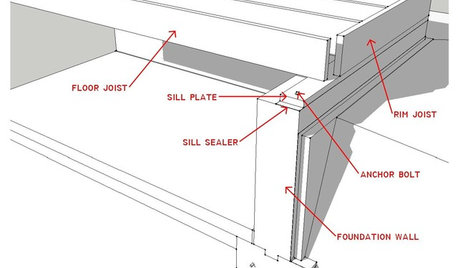
KNOW YOUR HOUSEKnow Your House: What Makes Up a Floor Structure
Avoid cracks, squeaks and defects in your home's flooring by understanding the components — diagrams included
Full Story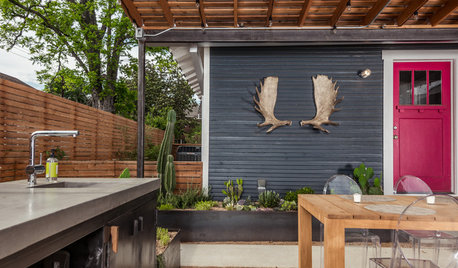
PATIOSPatio Details: See What Makes Up This Outdoor Room in Houston
Want to get the look of this patio and outdoor kitchen? Here's the lowdown on design, materials and costs
Full Story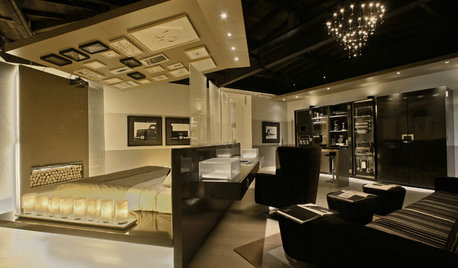
HOUZZ TOURSHouzz Tour: Luxurious Modern Loft in Buenos Aires
Step inside a bachelor pad that makes use of every square foot — right up to a gallery wall on the ceiling
Full Story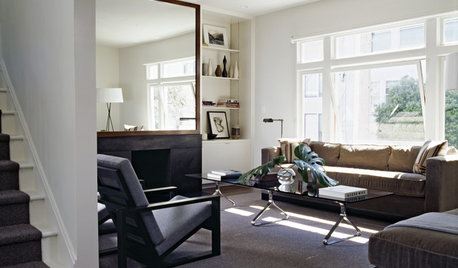
LIVING ROOMSIdeabook 911: How Can I Make My Living Room Seem Bigger?
10 Ways to Make a Small Space Live Large
Full Story
CRAFTSBowl Over Guests With a DIY Air Plant Terrarium
Air plants don't need much attention, but they'll get it anyway with a snazzy, gilded home you make yourself
Full Story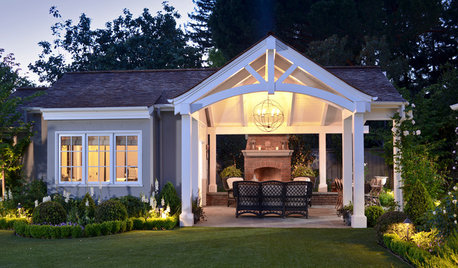
GARDENING AND LANDSCAPING3-Season Rooms: Open-Air Living in a Guest Cottage Pavilion
Comfy furniture, a fireplace and a vaulted ceiling make dining and hanging out a joy in this California outdoor room
Full Story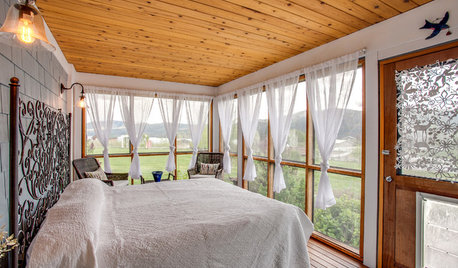
GARDENING AND LANDSCAPING11 Ways to Make Your Sleeping Porch Even Better
Turn off that air conditioner and tune in to the delights of slumbering in the nighttime breeze
Full Story





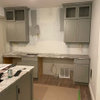
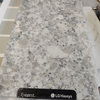
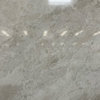
julie1973